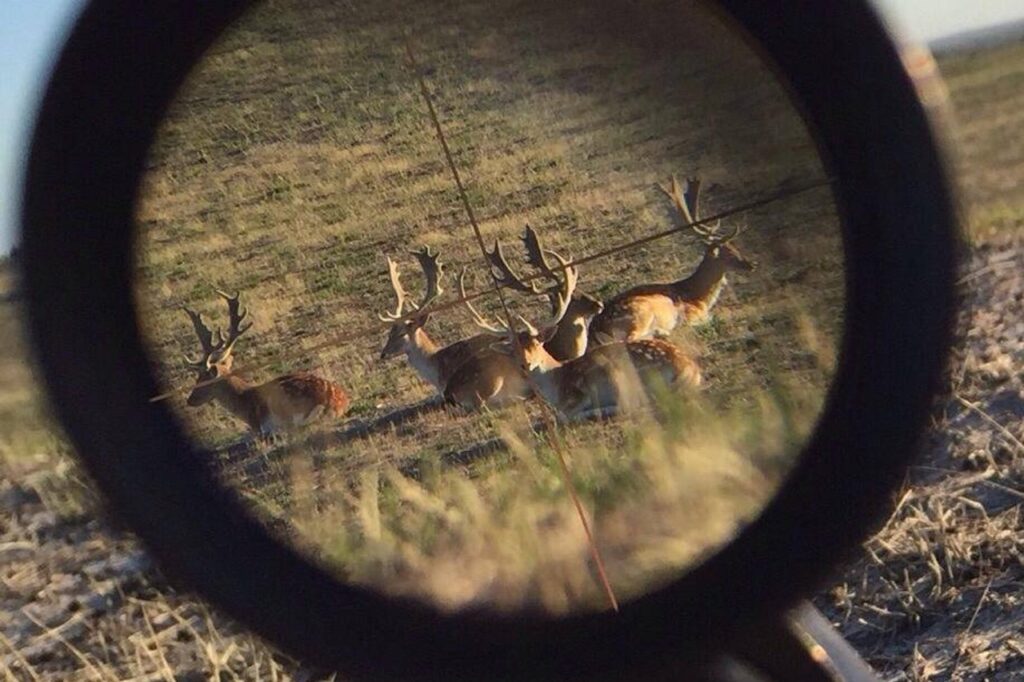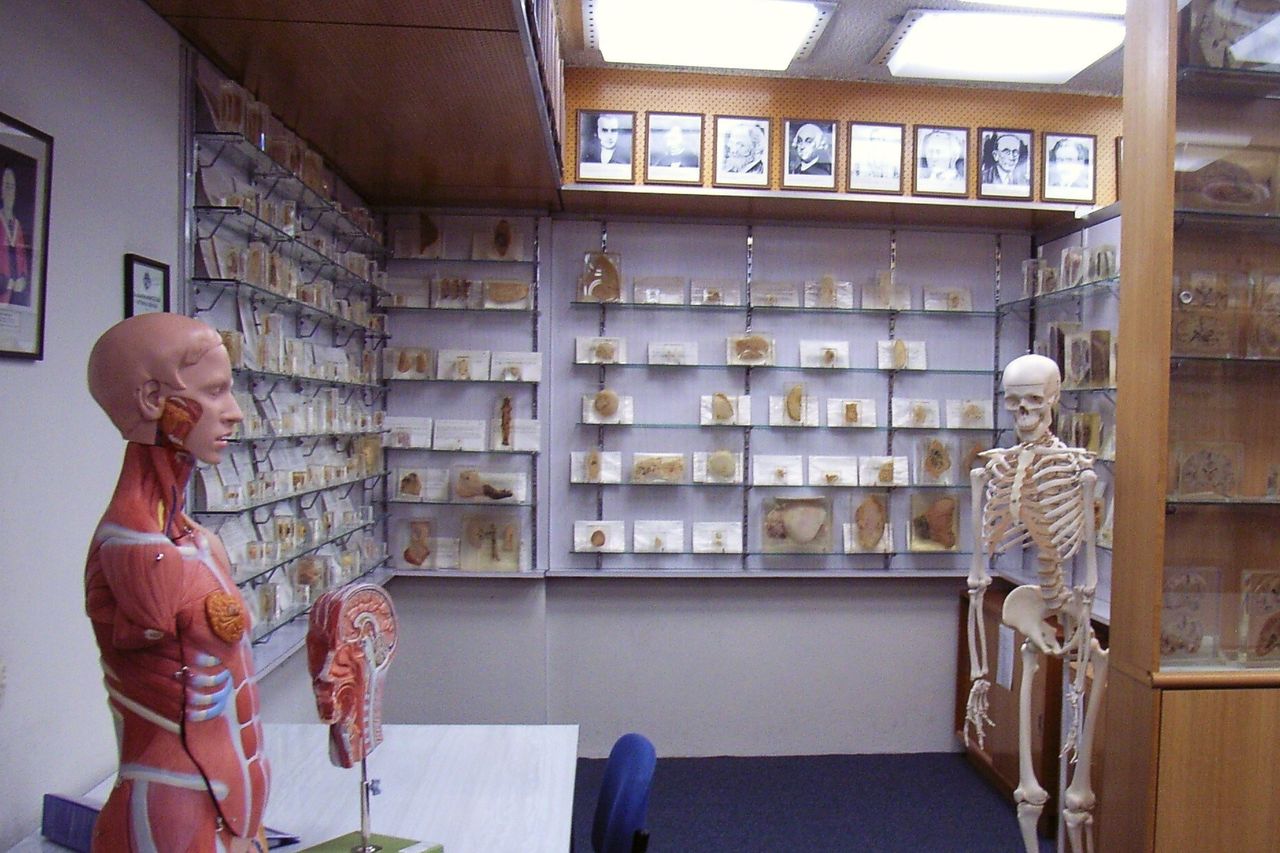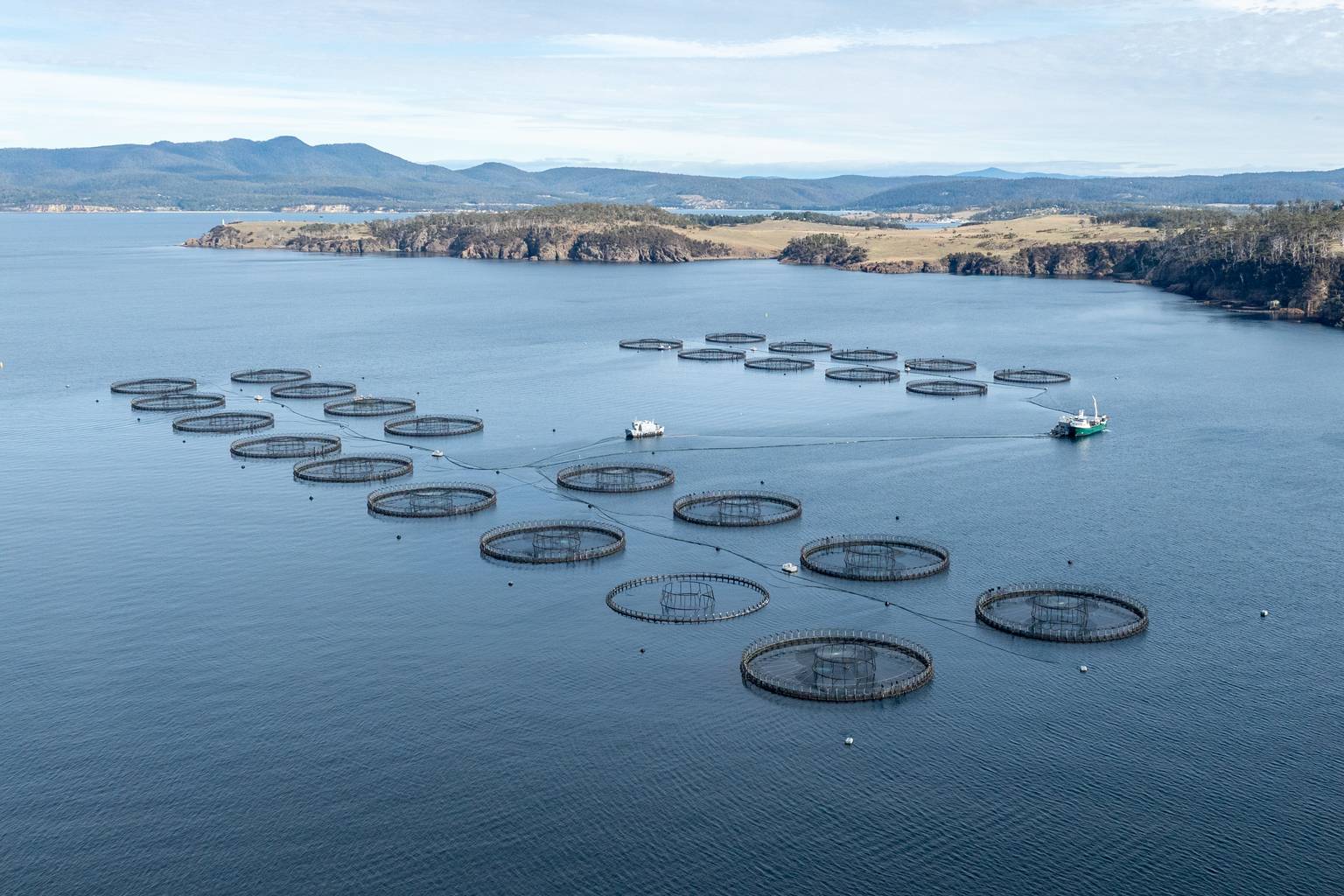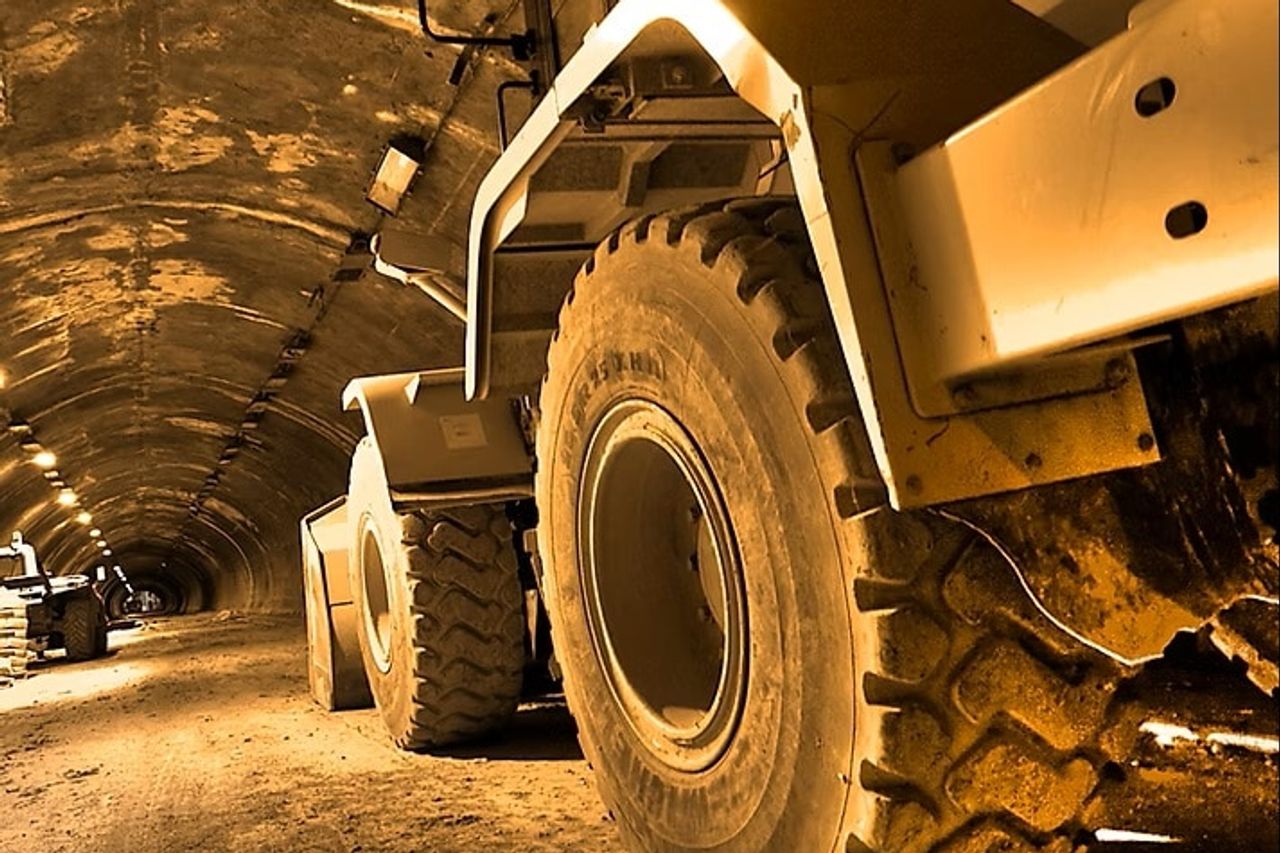Tasmania’s wild fallow deer population has jumped from 53,660 to 71,655 in just five years, according to a new aerial survey that has reignited debate over how the state should manage the invasive species.
The survey, carried out in October 2024 and released today, found numbers had risen by about 18,000 animals since the 2019 count.
Minister for Primary Industries and Water Gavin Pearce said it showed an average of 6% year on year growth.
“We’ve made strong progress in implementing the [Tasmanian Wild Fallow Deer Management Plan], but we know more needs to be done,” he said.
The Invasive Species Council said the findings proved existing policies had failed.
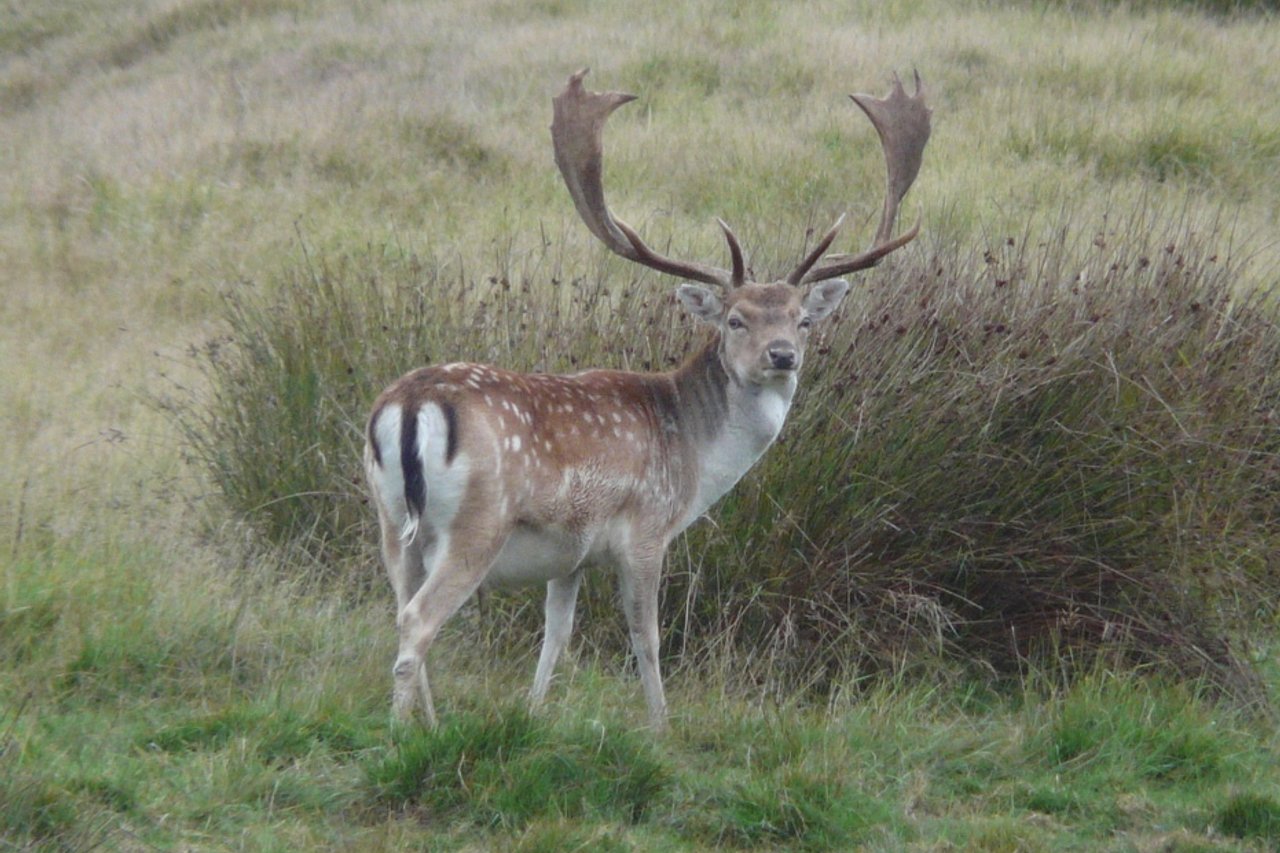
“The population has dramatically increased by 33% in the past five years, despite the 2021 management plan promising numbers would decline,” Dr Tiana Pirtle, a conservation officer at the council, said.
“This is causing mounting losses for farmers, trampling fragile habitats and pushing native species closer to extinction.”
TasFarmers chief executive Nathan Calman estimated deer were costing farmers $87 million in lost productivity each year, assuming deer eat twice as much as sheep.
“Their ‘partially protected’ status as a hunting resource is nothing short of nonsense, with there being absolutely no difference in the classification of rabbits and deer,” he said.
“As we approach this tipping point, we need to acknowledge that what we have been doing since the 1980s simply isn’t working.”
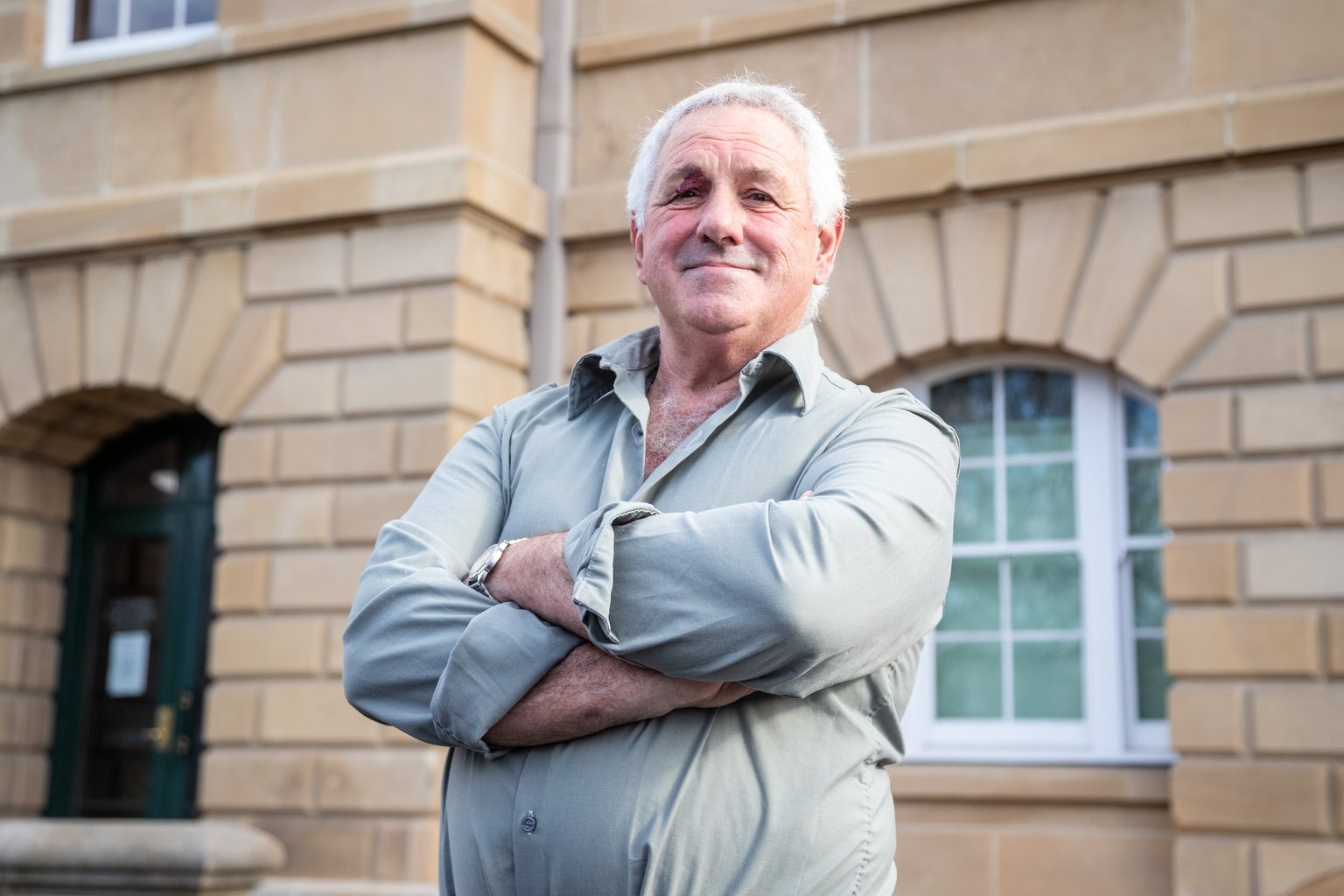
But Shooters, Fishers and Farmers MP Carlo Di Falco argued the results showed hunting remained an important control tool.
He noted the population was still well below the 100,000 to 150,000 estimates often cited by advocacy groups.
“It’s concerning that the numbers are going up, but … it shows that hunting is an effective way of dealing with it,” he told Pulse.
Di Falco said large areas of Tasmania were “locked up in reserves” managed by Sustainable Timber Tasmania where hunters had no access.
“Basically what that does is that creates a nursery for fallow deer,” he said.
“I think we’re… not that far off getting on top of the numbers and what … the hunters need to do is have access to areas of Tasmania that are locked up.”
Di Falco said hunters are only allowed “limited” access to some Crown land and questioned claims deer were damaging wilderness areas.
“I’m a bit dubious about this claim that they damage [the] World Heritage Area. They’re grazers, they’re not browsers. There’s a difference,” he said.
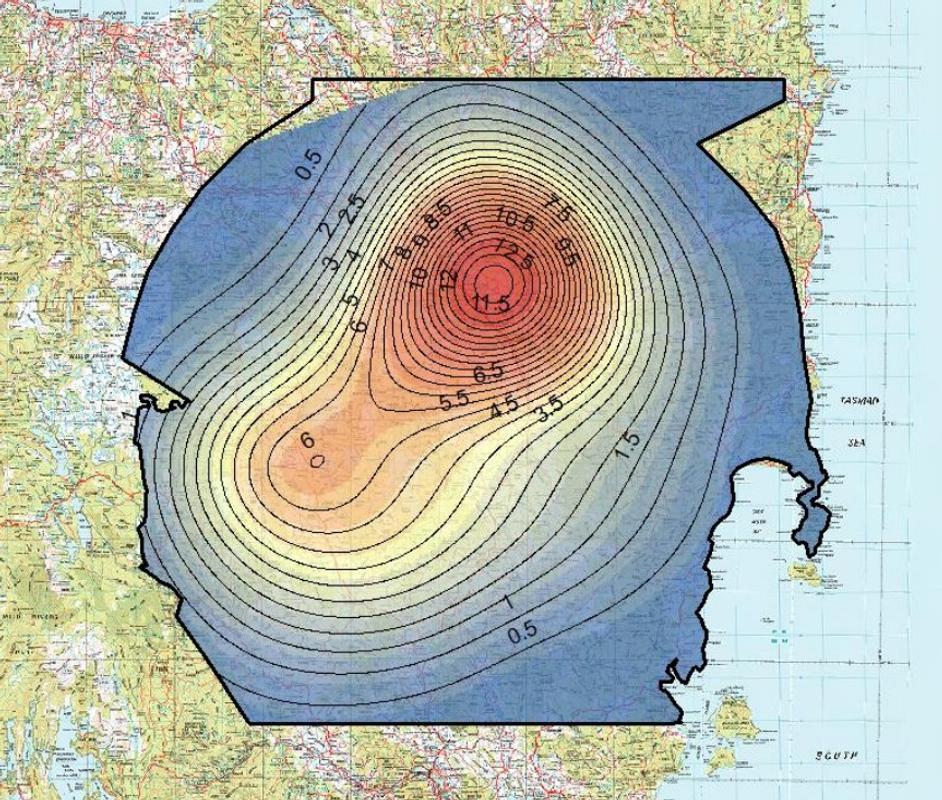
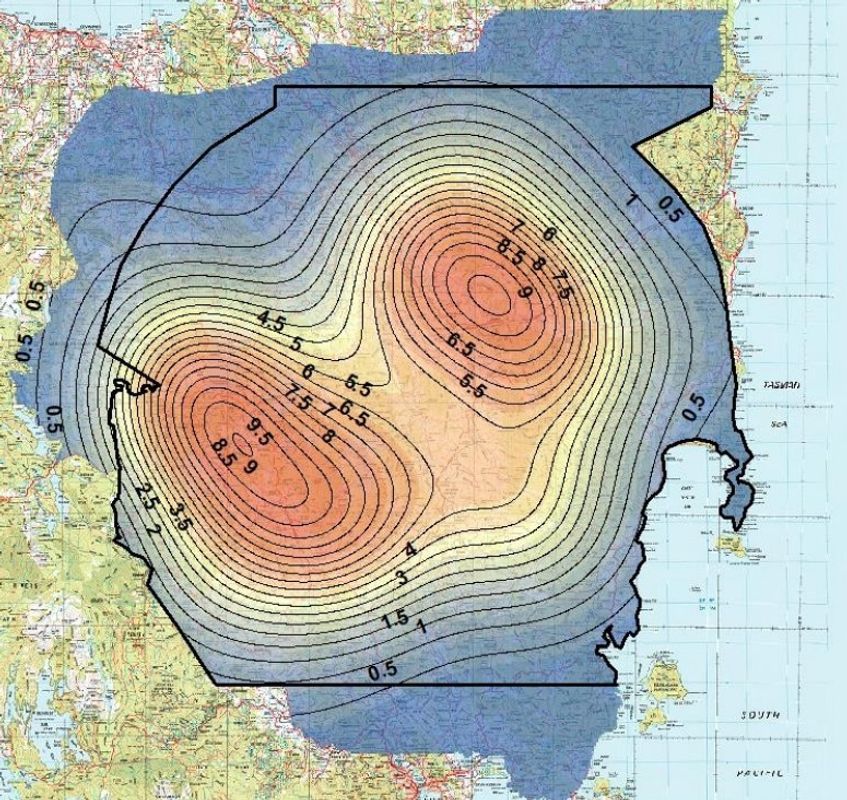
He also criticised aerial culling, saying it left “wasted resource” meat behind.
“The meat can be better utilised by disadvantaged families,” Di Falco said.
“I’ve talked to different charities that provide food to them and the one thing that they’re screaming out for is protein.”
The survey found deer had spread within the original survey boundaries, with denser populations now near the Walls of Jerusalem National Park and the Central Plateau.
Researchers from Ecoknowledge said the changes were not anticipated.
The study covered 25,000 square kilometres across central and north-eastern Tasmania, with three observers counting animals along 2,579 kilometres of flight lines.
It recommended surveys be conducted every two to three years instead of the current five-year gap.
The government has so far committed to sticking with the five-year cycle, with the next count due in 2027.
A new deer management plan will be developed before the current one expires that year.
The Invasive Species Council is pushing for deer to lose their legal protection under the Wildlife Act and for at least $8 million over four years to fund professional control measures, including aerial shooting.
Dr Pirtle urged the government to shift direction.
“Minister Pearce has the obligation to seize the opportunity and, if he is bold, he will be remembered as the minister who finally brought Tasmania’s feral deer crisis under control,” she said.
Pearce said the government was exploring ways to link farmers with hunters, consulting on a trial of commercially harvested wild-shot deer and tightening compliance on deer farms.
“As a priority, we are working with industry to unlock more public and private land for recreational hunting and progressing our work to further streamline permits to remove red tape and make it easier for farmers, foresters and hunters to control deer,” he said.
“There is no one solution to bringing our deer numbers under control, but together, there is a pathway forward.”
A concurrent survey found no significant change in forester kangaroo numbers between 2019 and 2024.

